|
Here's a look at what's happening at TriMet.
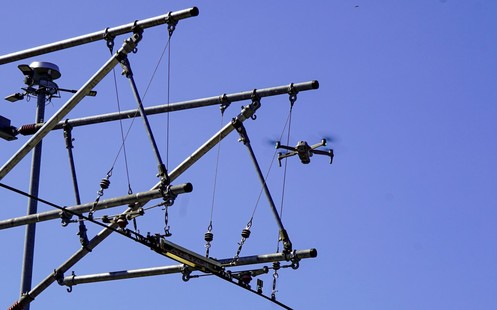 TriMet’s newest tool to help keep transit reliable took flight this week.
We’re piloting the use of a drone to help our maintenance crews as they inspect the parts of our system that are hard to access, like the overhead wires that power MAX trains or the undersides of our bridges.
Images from the drone will allow us to track wear and tear, helping us make predictions about where issues may arise in the future.
 Rachelle Glazier will join TriMet as Executive Director of Transportation Operations beginning August 16. She will direct all operational activities for our bus, MAX light rail, WES commuter rail and LIFT paratransit service.
Glazier has more than 16 years of experience with some of the largest railroads and transit systems in the U.S. Earlier this year, she was named one of Railway Age Magazine’s 20 “Fast Trackers”— top North American railroaders under the age of 40 making an impact in their fields.
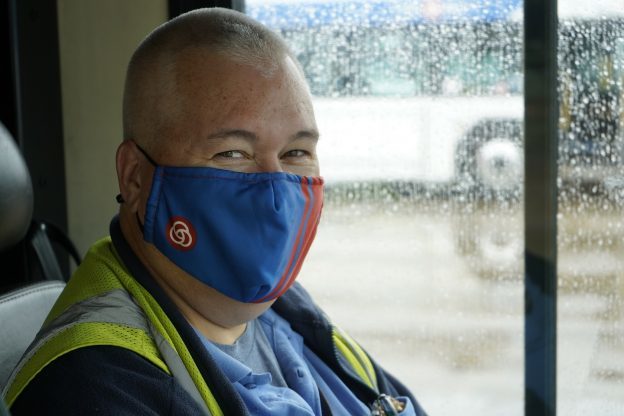 What would you do if you won $1,000 a week for life in the lottery? For Tim Maxcy, he chose to become a bus operator. Now Tim’s won again. He has been named TriMet’s Bus Operator of the Year for 2021.
Hear Tim’s recipe for success, and learn about other operators recently honored for excellence.
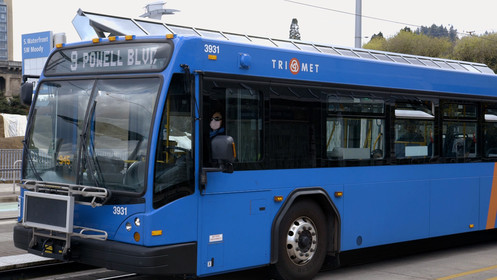 Take it from Tim and others: Driving a TriMet bus and helping others is a rewarding job!
Bus operator candidates earn $17 an hour during a seven-week training program. Pay increases to $18.11 an hour after graduating from the program. After three years on the job, TriMet’s full time bus operators earn at least $65,000 per year.
Apply to be a bus operator
Both full-time and part time operators get the same great medical, dental and vision benefits.
Check out other job opportunities at TriMet.
 Have you seen it? The first TriMet FX™ bus has been out and about on SE Division Street. The bright green, 60-foot articulated bus is helping crews check platforms designed for the new service coming in September 2022.
FX—Frequent Express—will move more people faster with bigger buses, all-door boarding, bikes on board and transit priority at key locations. Bus lanes and signals that let buses go first will help move TriMet riders around traffic congestion. Travel times are expected to reduce by 20%.
During Division Transit Project construction for FX, help support the diverse mix of businesses along Division Street. Learn more at our Division of Possibilities webpage.
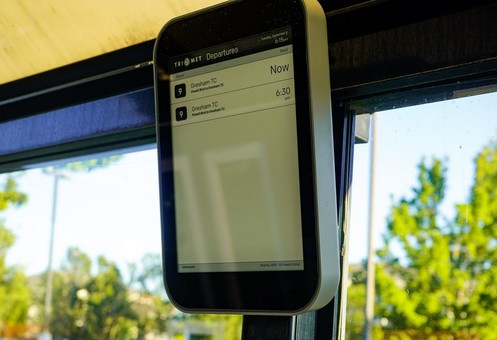 We’ve installed 166 “ePaper” displays at high-ridership bus stops and transit centers over the past year.
These solar-powered digital displays mimic black ink on white paper (hence the name ePaper) with minimal screen glare. They provide real-time arrival times and information about stop closures, delays and detours.
Primary funding for the project came from the Keep Oregon Moving Act.
 On July 18, our GM Sam Desue, Jr. joined Oregon Congressman Earl Blumenauer and staff from the City of Portland and streetcar operations in celebrating 20 years of the Portland Streetcar.
For the past 20 years, TriMet has played an integral part in ensuring the operations of the streetcar system and collaborated on the engineering and design of the Portland Streetcar’s expansions. We share the cost of operations, and our employees operate and maintain the streetcars.
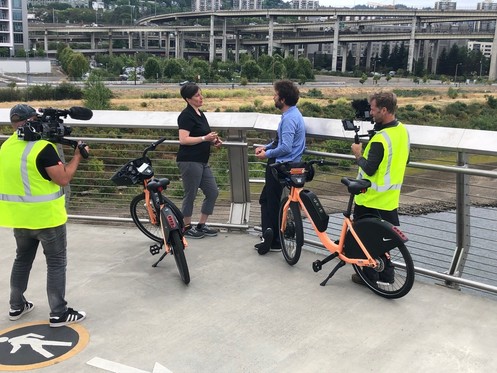 Recently we hosted Le Cinquieme Reve, a documentary film crew from France, on Tilikum Crossing, Bridge of the People. They were here shooting a show on the world’s most sustainable bridges!
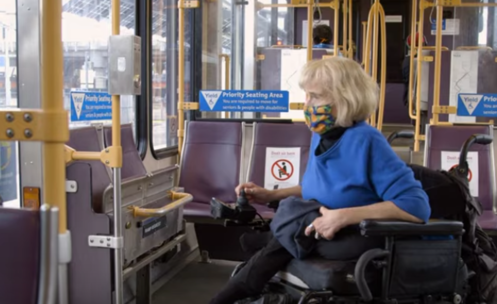 Many people with disabilities rely on public transit for almost all of their transportation needs. Jan Campbell is no different. She’s relied on a wheelchair since she was two years old and has made it her personal mission to make life easier for others with disabilities.
Jan’s been a vital partner in TriMet’s efforts to make our transit system accessible. She has been involved in our Committee on Accessible Transportation since it was formed in 1985 and was recently selected to remain as the longtime chair of the committee.
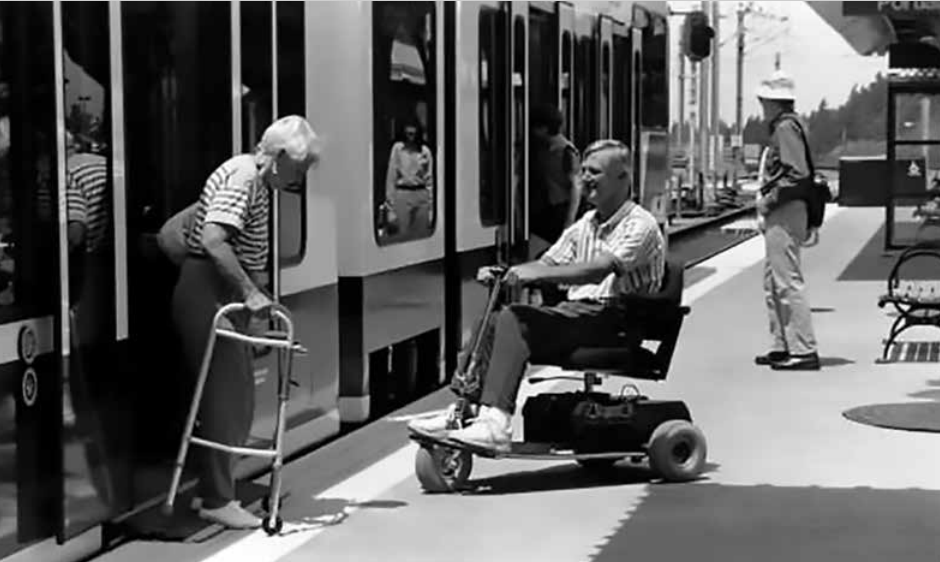 In 1997, TriMet was the first transit agency in North America to begin using low-floor, accessible light rail vehicles.
|